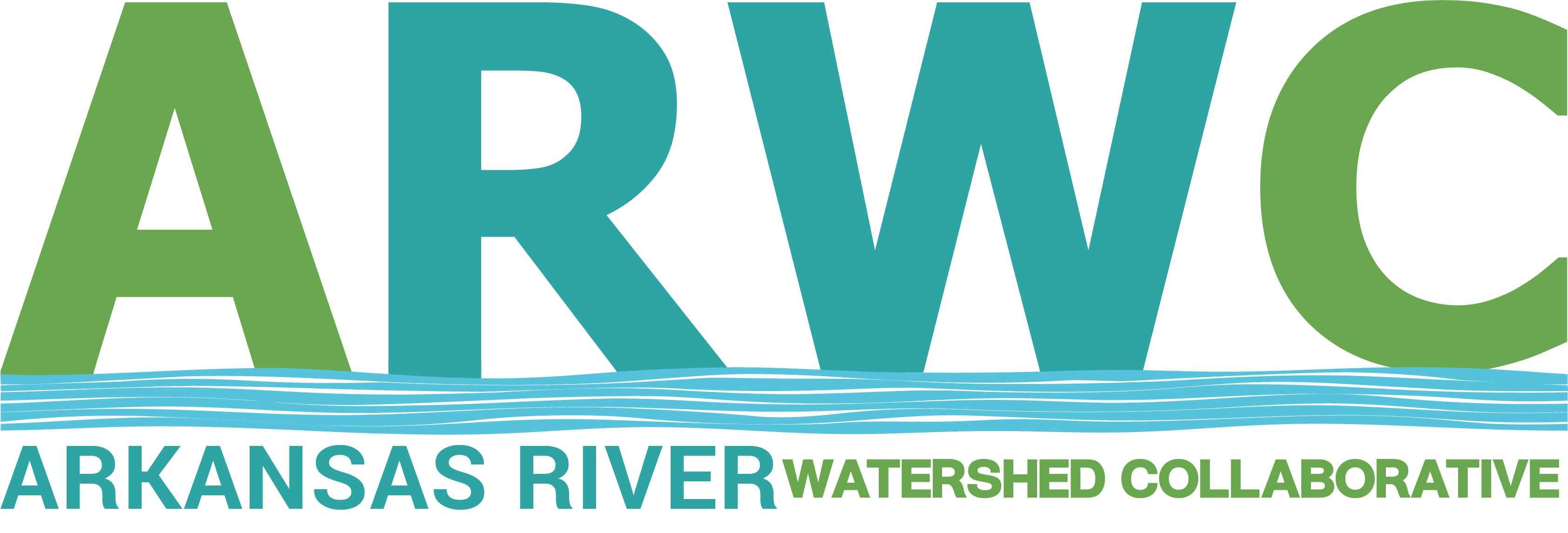Community Chipping Program
How it Works
Upcoming Events
Donate
Empowering the Community
Wildfire mitigation happens at many scales, including around the home. ARWC is partnering with Lake County, Colorado State Forest Service, Leadville/Lake County Fire-Rescue, and Lake County Conservation District to help empower our community to take action to protect their homes and properties before a wildfire ignites. The program assists residents who wish to reduce slash build-up on their properties, but lack proper disposal options. By bringing staff and equipment into high-risk communities to provide support, we hope to help increase the pace and scale of home hardening and defensible space creation, ultimately reducing the likelihood of catastrophic wildfires in our communities.

How it Works:
Review the Community Chipping Event Schedule
Sign up to participate
Place any slash removed from your property along the roadway
Record any time you spent on mitigation efforts and piling slash
Important Info:
- Pile slash alongside roads
- 12” maximum diameter, small trees may be left whole
- Pile slash with cut ends facing in one direction (see photo)
- Piles should be laid in low rows no higher than 4’ tall
- Keep track of how many hours you spend mitigating (cutting, hauling, stacking), and the approximate acres mitigated.
- Landowners do not need to be onsite on the Chipper Day to participate!
- No roots, root wads, dirt, rocks, weeds, trash, foreign material or lumber of any kind. Make sure your trees don’t have nails or metal in them!
- Piles or material not meeting specifications will not be chipped

Event Calendar
Creating Defensible Space

Create effective defensible space around your home by following these guidelines from Colorado State Forest Service:
- Zone 1 (0-5 feet from the home) is the area nearest the home and other structures. It requires the most vigilant work to reduce wildfire hazards.
- Zone 2 (5-30 feet from the home) is the area transitioning away from the home where fuels should be reduced.
- Zone 3 (30-100 feet from the home) is the area farthest from the home. It extends 100 feet from the home on relatively flat ground.

Create effective defensible space around your home by following these guidelines from Colorado State Forest Service:
- Zone 1 (0-5 feet from the home) is the area nearest the home and other structures. It requires the most vigilant work to reduce wildfire hazards.
- Zone 2 (5-30 feet from the home) is the area transitioning away from the home where fuels should be reduced.
- Zone 3 (30-100 feet from the home) is the area farthest from the home. It extends 100 feet from the home on relatively flat ground.
Donate to support the Community Chipping Program
Your support helps ensure we can continue to grow this important program. By donating, you help cover the costs of planning, organizing events, and sending staff to community sites to help chip slash. Together, we can ensure this essential service continues to benefit our community. Consider making a donation today to sustain our efforts. Thank you for your generosity.
Mailing Address
PO Box 785
Westcliffe, CO 81252
Salida Office
349 E 9th St, Suite 100
Salida, CO 81201
EIN: 82-3840102

